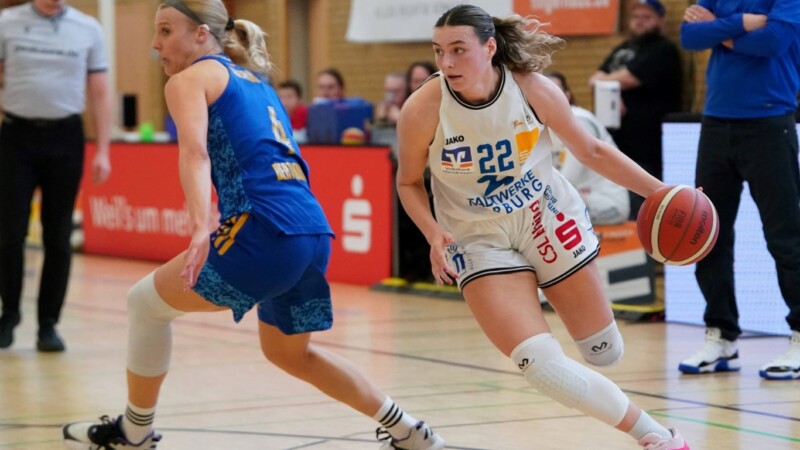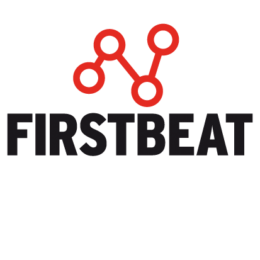
The Lifestyle Assessment has introduced new perspectives to an international forest industry company’s efforts to promote occupational well-being. The company has conducted over 3000 assessments in Finland, China and Germany with good results and resulting as positive changes in employees’ everyday lives.
One of Firstbeat’s customers, an international forest industry company, has been using the Lifestyle assessment systematically in its occupational healthcare work for many years.
“The most significant benefit of Firstbeat is the ability to see the quality and sufficiency of personal recovery. We have not been able to measure it quite as well with other methods,” notes the company’s Chief Occupational Health Physician Tero Kemppainen.

The Lifestyle assessment is a part of a periodical health check-up of management team members and employees with mentally burdensome jobs, and is performed at least every three years. Employees who travel over a hundred days a year also undergo the assessment regularly. In addition, the assessment is available to all employees upon request or upon the recommendation of the occupational healthcare department.
”The assessment takes approximately two hours of the occupational healthcare staff’s time. This time investment produces clear results,” says the company’s Chief Occupational Health Physician Tero Kemppainen.
So far, a total of 3000 company employees from all over Finland have taken part in the Lifestyle assessment. Hundreads of employees have also been tested outside Finland, in China and Germany.
”A physician isn’t satisfied without proof,” says Kemppainen.
He saw the benefits of the Lifestyle assessment first-hand in a project researching employee well-being led by the Finnish Institute of Occupational Health, which the company took part in in 2006. This was also when the company’s partnership with Firstbeat began. Currently the company is taking part in another FIOH research project that aims to collect data on the effects of heart rate analysis.
“Experience-based evidence of the tool’s effectiveness is being produced every day.”
A heart rate graph, personal diary and individual feedback, all in one!
”In the end, occupational healthcare has only a few ways to promote coping and well-being. With the help of the Lifestyle assessment, we have been able to better assess employees’ recovery and bring up appropriate topics with them,” says Kemppainen.
However, he stresses that heart rate analysis alone does not provide all the answers. The benefits only become apparent when the heart rate graph is combined with an employee-managed diary and expert feedback.
”Diary combined with evidence and a graph of how the body reacts reveal important correlations
related to coping. With evidence like this, the message can be driven home much more effectively than if a doctor or a partner had merely pointed the issue out. Personal feedback also makes employees understand the facts behind the results.”
After the first measurement, the employee documents their own well-being commitment. This commitment might be, for example, to take required breaks during the working day or adding more moments of physical activity.
“It is easy to make New Year resolutions and commitments but seeing the effect of your own lifestyle choices on a report work as eye openers since they help see the real state of well-being and motivate to make changes for the better. The report results are much more inspiring than comments from your doctor or wife, Kemppainen says.
The company has also conducted follow-up measurements, which have shown a change for better and the effects of fulfilling these commitments. Occupational healthcare also stays in contact with the employee between measurements and asks about their progress.
“It is important to follow-up on the commitments. In my experience, well-being commitments often succeed. In our case, we have seen a fulfillment of 60 to 70% with these commitments. This has resulted in better recovery and better stress management.”
-“This is a good thing for a doctor to see and also convinces the person being assessed to continue to change. The correlation between assessment feedback and the person’s own observations can be a real eye-opener,” states Kemppainen.
New perspectives for occupational healthcare
Lifestyle changes and better recovery have been achieved in the company’s management team, among the factory workers and loggers, as well as among employees who travel frequently or do three-shift work.
When reading the Lifestyle assessment reports, Kemppainen focuses particularly on the stress report and the accompanying recovery follow-up. Factual information on the effects of exercise is also important when encouraging employees to improve their physical well-being.
”Employees have felt that they have received practical answers for how to cope better. This encourages us to keep going too. The best feedback is the fact that employees are constantly asking us to take part in the Lifestyle assessment,” says Kemppainen.
As a drawback to the assessment, he mentions occasional failed measurements. However, thanks to the current sensor technology, such failures have become more and more uncommon.
In occupational healthcare, the Lifestyle assessment has raised both interest and questions. Usually, interest is sparked by someone who notices how effective a tool it is.
”We’re seeing definite interest towards this tool. It introduces something new to complement routine check-ups.” The company has trained several occupational healthcare experts to carry out the Lifestyle assessment and has several licences and a range of equipment that occupational healthcare professionals can use to carry out measurements independently throughout Finland. Firstbeat’s specialists provided additional support for Lifestyle assessments being carried out abroad.
”We have gained new perspectives for the research and promotion of well-being. By combining employee opinions and assessment results, we can promote lifestyle changes that improve recovery and ultimately result in improved well-being,” says Kemppainen.
If you liked this article, you should subscribe to our mailing list
You might also be interested in

Boosting Pilot Well-Being with Personal B.A.S.E. and Firstbeat Life
In the high-stakes world of air rescue, maintaining peak physical and mental performance is critical. Gerhard Moser has developed a unique approach to helping his clients achieve optimal health and…

From Data to Court – Using Firstbeat in Women’s Basketball to Optimize Training and Recovery
In the world of competitive sports, every advantage counts. For women athletes, whose training needs and recovery patterns often differ from their male counterparts, understanding the intricacies of internal load…
